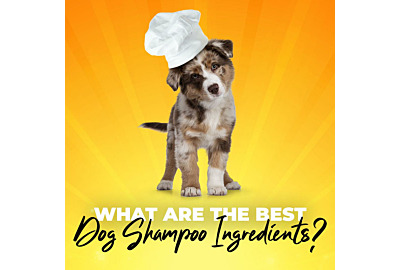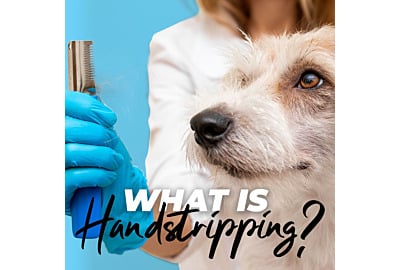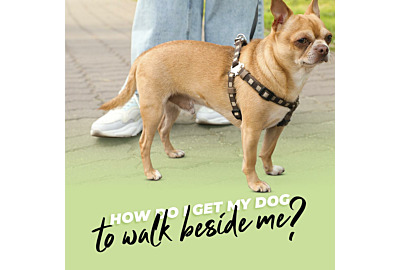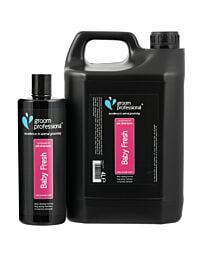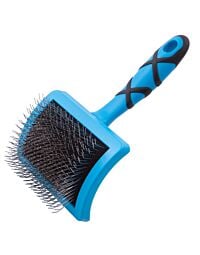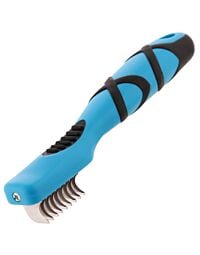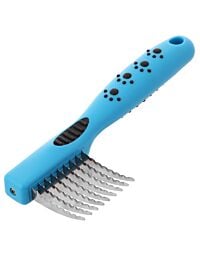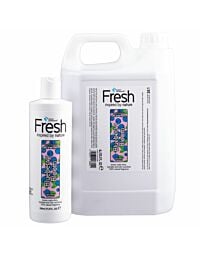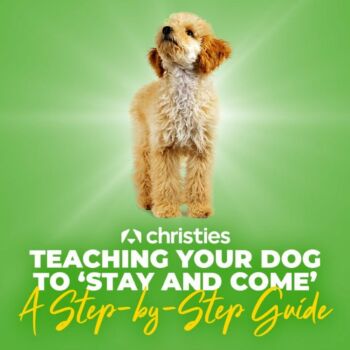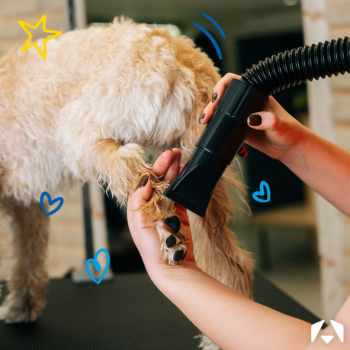
We have given great advice on how to care for the various dog coat types, such as in our blog The ultimate coat care guide. We have also given plenty of product advice, recommending tools, shampoos, conditioners, and everything else a coat type may need to stay in top condition. One thing we haven’t yet discussed is how to work out which type of coat your dog has.
To do this we are going to break it down by each type starting with,

Long-coated dogs will have longer, impressive coats that sometimes have more dramatic styles. Long-haired coats are generally considered among the hardest to maintain as they will be much more prone to matting or tangling. Proper grooming is important to avoid this and help prevent overheating, although this can depend on whether the long coat is a single or double (more about those later) coat. An example of a long coat would be an Afghan Hound or a Full-Coated Collie.
For long coats we recommend the as well as the and .
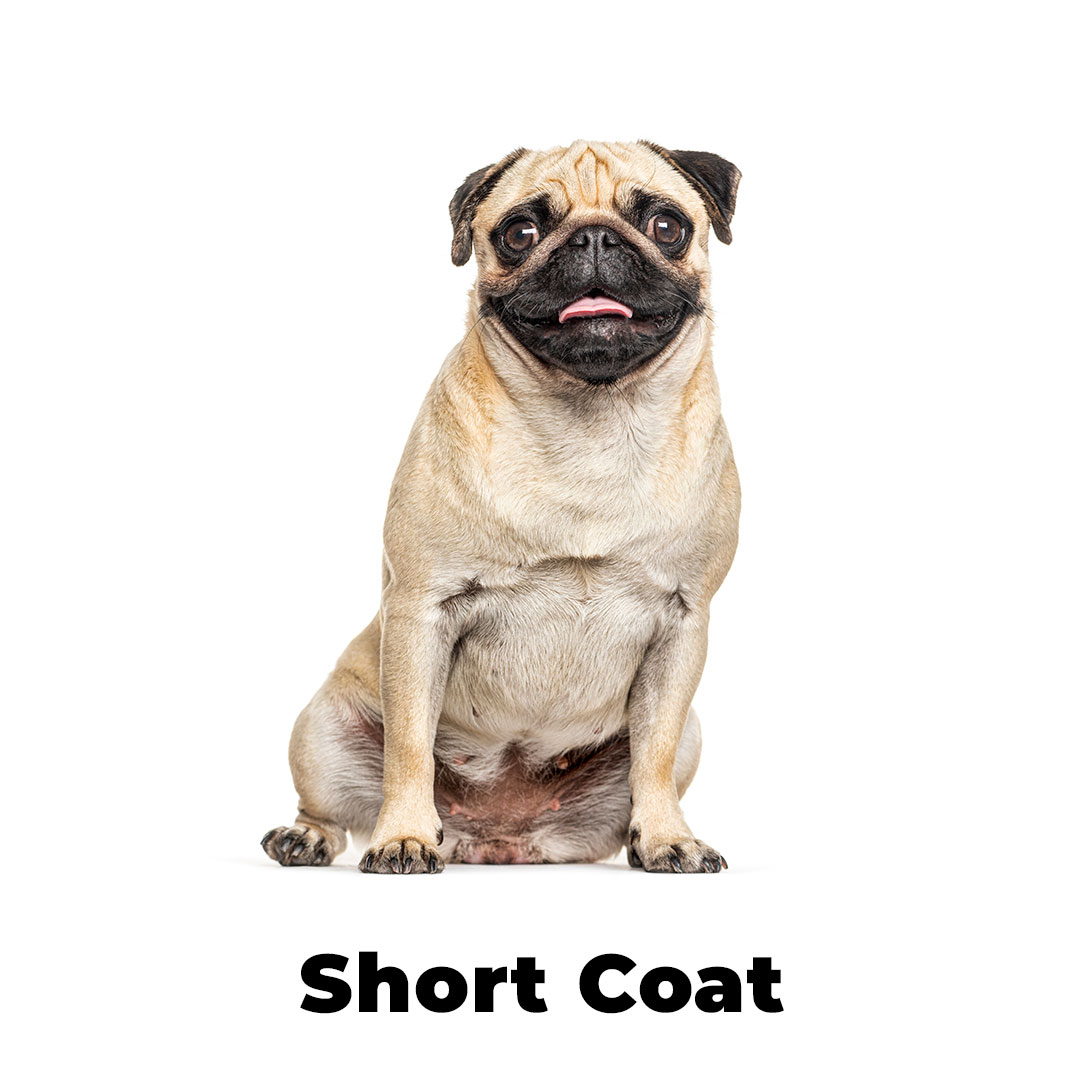
Short coats are as the name suggests, short. They are smooth and often glossy. Owners of short-coated dogs sometimes assume that they will require little to no maintenance, but this is not the case. Some short-haired dogs still shed and will require brushing, on top of regular bathing. Examples of a short-coated dog would be a Bulldog or a Pug.
For short coats that shed a lot the works great, alternatively you could also look to enhance any shine with .

Medium coats are everything that falls in between. These dogs have some length to their coat, but it is not as excessive or dramatic as long-coated dogs. This means they will require regular grooming to prevent tangles and matts, but generally not to the extent of a long-coated dog. Examples of a medium coat would be a German Shepherd or a Labrador.
We recommend the or for dogs who shed a lot,

Double coats are not a distinct type on their own but a type that combines with some of the others. It is when a dog has a shorter undercoat and then a longer coat on top. This helps a dog to regulate their temperature as they can maintain a longer and thicker coat in colder weather and then shed to avoid overheating in warmer weather. Because of this, double-coated dogs tend to be big shedders and leave a lot of fur around the house. To avoid this and to support their natural temperature regulation, regular grooming is very important. Examples of a double coat include Siberian Huskies and Newfoundlands.
To deal with the shedding we suggest using but for a deeper clean you could try
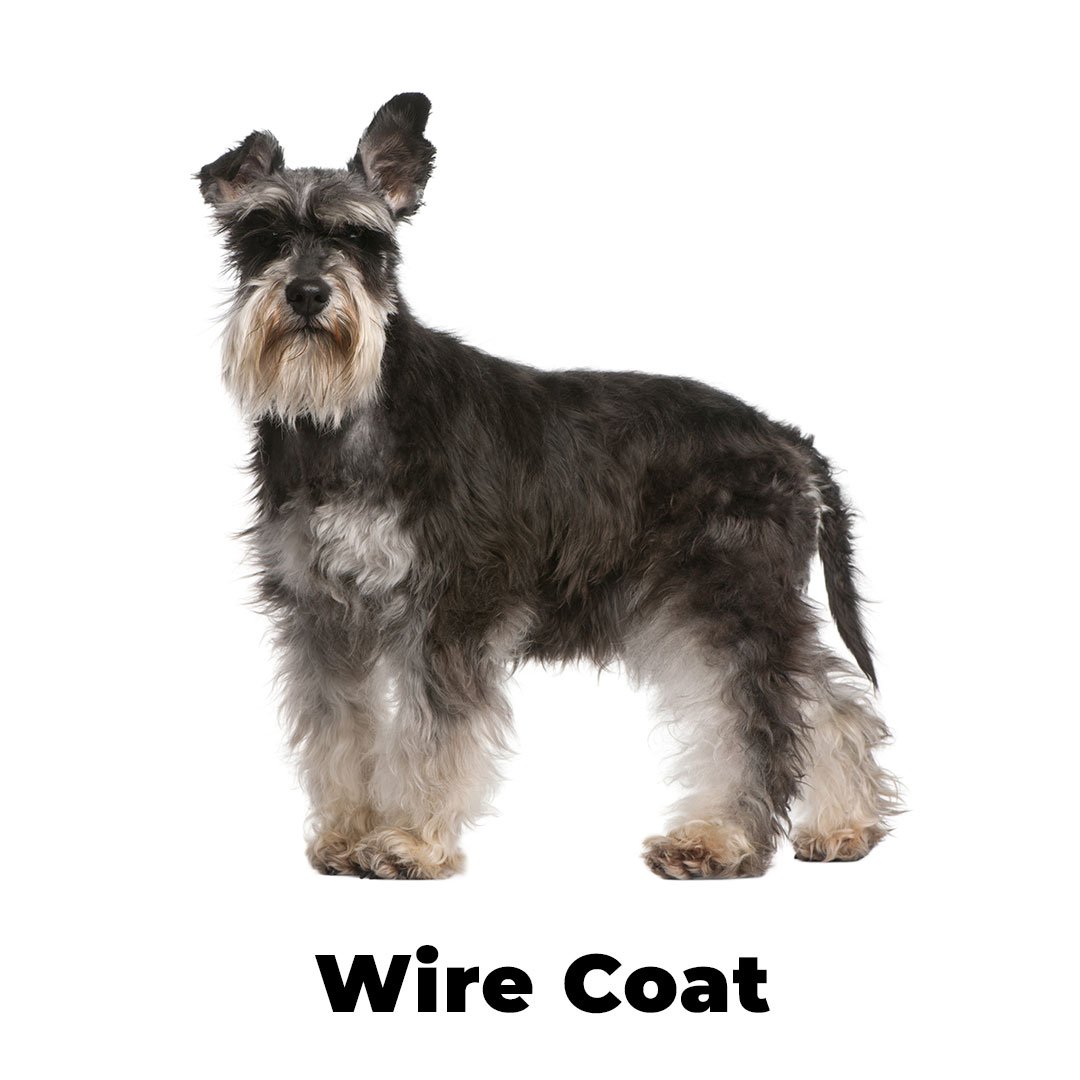
Wire coats are harsh and will stand stiffer away from the body. These dogs will not shed, but that doesn’t mean they don’t need grooming! Whilst some groomers will just trim or clip these dogs the best method is hand stripping. This is a process of manually removing old hair to allow the new coat to grow through, if you would like to learn more about this and if it would be useful for your dog, we have a handy blog here. Examples of wire-coated dogs include Schnauzers and Irish Wolfhounds.
We would suggest using for a soothing wash or to strengthen the coat.
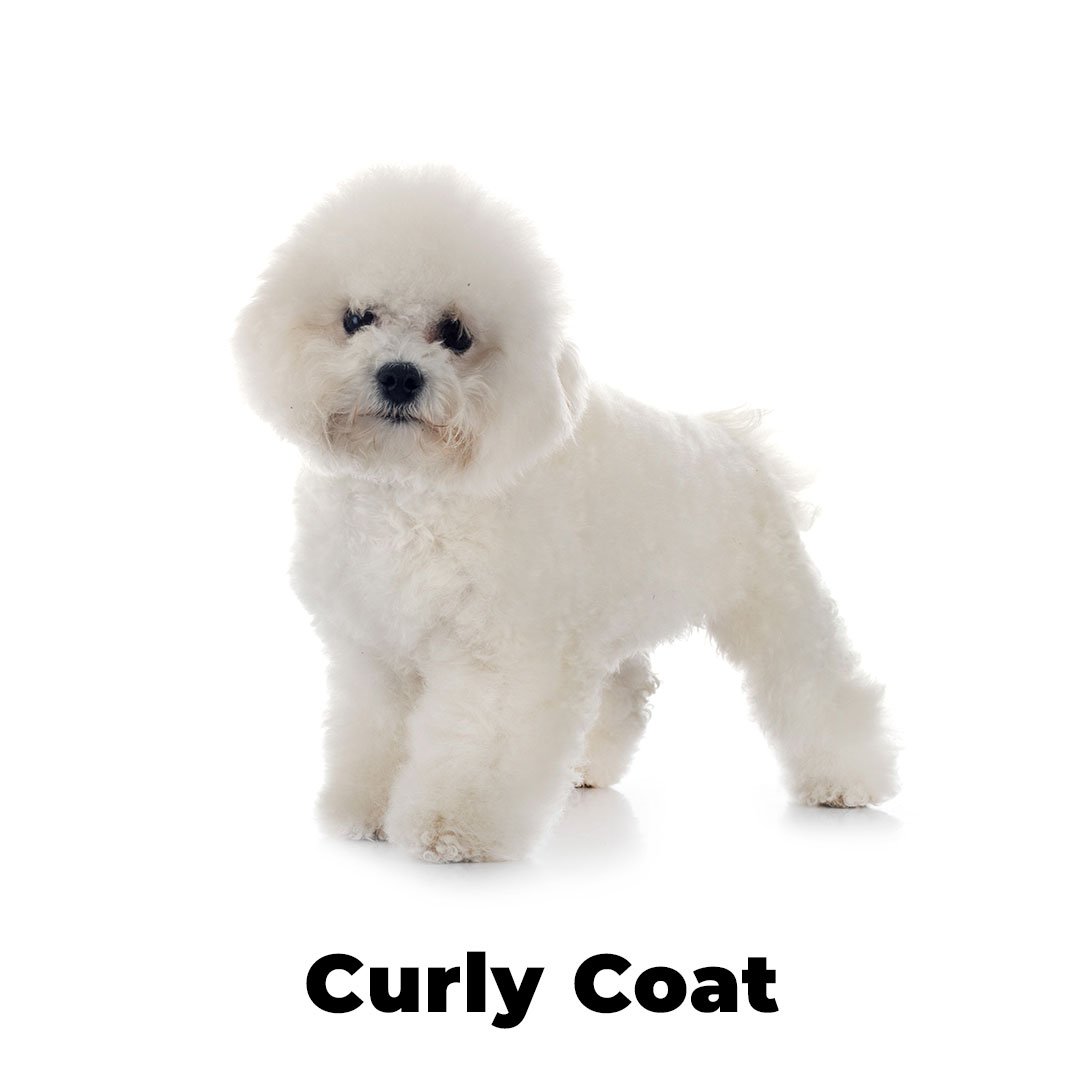
Curly coats can range from tight and neat curls to the more dramatic, looser, and longer kind. These coats can be very prone to matts and tangles so regular brushing and grooming is necessary. Some owners prefer to keep curly coats shorter because of this but it can be managed at longer lengths too. Examples of curly coats are Bichon Frise and Irish Water Spaniel.
Our suggestion for preventing tangles is to combine the and conditioning spray.

Silky-coated dogs have long, flowing, and often glossy (If looked after well) coats that tend to look more like hair than regular dog fur. These coats can require a fair bit of grooming so as to prevent knots and to help maintain the delightful shine that makes them popular. Examples include Afghan Hounds and Cocker Spaniels.
To keep the nice silky texture we suggest using and , or
Now that you have an idea of what coat type your dog is you are better prepared to give them the grooming they need. Whilst we provided some product recommendations there are many more options for each coat type. To get more recommendations you can check out our advice hub or contact our customer care team who are always happy to help.



